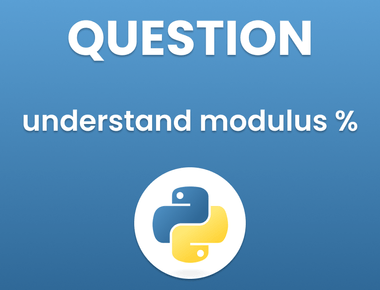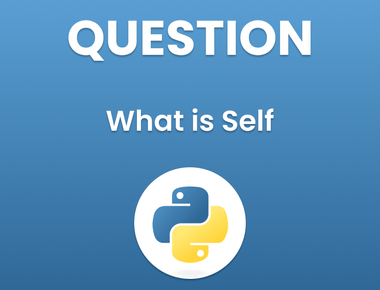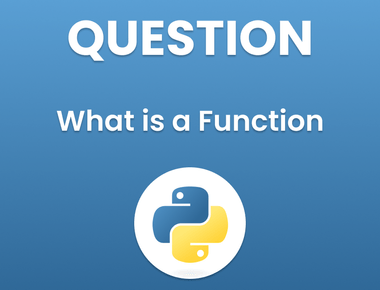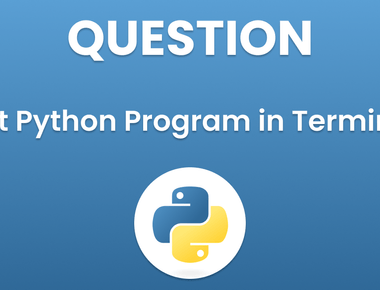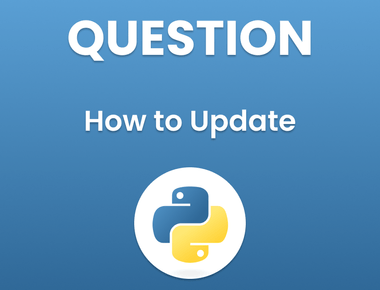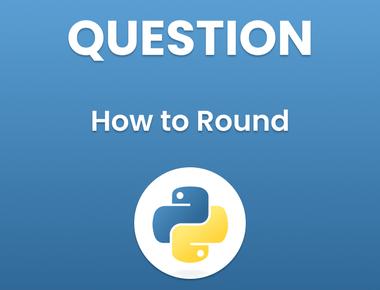Table Of Contents

As a developer, you may come across situations where you need to reverse a string in Python. Whether it’s for data analysis, data manipulation, or simply solving a coding problem, knowing how to reverse a string in Python is a valuable skill.
In this guide, we will walk you through the steps to reverse a string in Python. We will cover the basics of strings in Python, the different ways to reverse a string and provide examples to help you understand the concepts better.
Understanding Strings in Python
Before we dive into the ways to reverse a string in Python, it is important to understand what strings are in Python. A string is a sequence of characters enclosed in quotation marks. In Python, strings are immutable, which means they cannot be changed once they are created.
There are two types of strings in Python: single-quoted strings and double-quoted strings. Both types of strings are equivalent, and you can use either of them to create a string.
Here’s an example:
# Single-quoted stringmy_string = 'Hello, World!'# Double-quoted stringmy_string = "Hello, World!"
Now that you have a basic understanding of strings in Python, let’s move on to the different ways to reverse a string.
Reversing a String Using Slicing
One of the easiest ways to reverse a string in Python is by using slicing. Slicing allows you to access a range of characters in a string. You can use slicing to access the entire string and reverse it. Here’s how:
# Using slicing to reverse a stringmy_string = 'Hello, World!'reversed_string = my_string[::-1]print(reversed_string)
The [::-1] syntax in the above code tells Python to slice the entire string and step backward by -1, which effectively reverses the string.
Reversing a String Using the reversed() Function
Another way to reverse a string in Python is by using the reversed() function. The reversed() function returns a reverse iterator that you can use to access the characters of a string in reverse order.
Here’s an example:
# Using the reversed() function to reverse a stringmy_string = 'Hello, World!'reversed_string = ''.join(reversed(my_string))print(reversed_string)
In the above code, we first pass the original string to the reversed() function, which returns a reverse iterator. We then use the join() function to join the characters in the reverse iterator to create the reversed string.
Reversing a String Using a For Loop
You can also reverse a string in Python by using a for loop to iterate over the characters in the string and append them to a new string in reverse order.
Here’s an example:
# Using a for loop to reverse a stringmy_string = 'Hello, World!'reversed_string = ''for char in my_string:reversed_string = char + reversed_stringprint(reversed_string)
In the above code, we initialize an empty string called reversed_string and use a for loop to iterate over the characters in the original string. We then append each character to the beginning of, effectively reversing the order of the characters.
Conclusion
In this guide, we have covered the basics of strings in Python and the different ways to reverse a string. We have provided examples to help you understand the concepts better, and we hope that this guide has been helpful to you.
Remember, the ability to reverse a string is a valuable skill for any developer, and knowing how to do it in Python is no exception.
Subscribe to our newsletter!
Quick Links
Legal Stuff
Social Media


